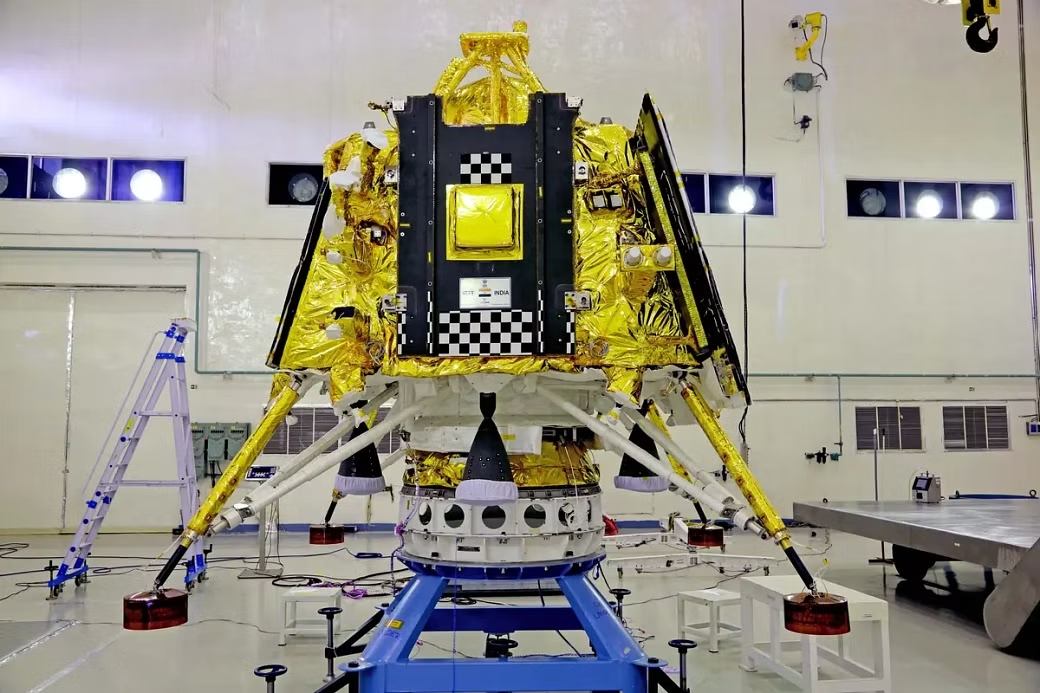Another Tryst With The Moon
Context :
The names of the 2019 Chandrayaan-2 lunar exploration expedition will also be used for India’s third moon exploration project, which is scheduled to launch in mid-July.
- Mission Names: The names of the lander and rover from the previous mission, Chandrayaan-2, will be retained for Chandrayaan-3. The lander will be named Vikram, after Vikram Sarabhai, the father of the Indian space programme, and the rover will be named Pragyan.
- Previous Mission Setback: Chandrayaan-2’s lander, Vikram, faced a setback when it crashed on the lunar surface during a soft landing attempt. However, ISRO is determined to relaunch the lander-rover configuration with Chandrayaan-3.
- Launch Schedule:Chandrayaan-3 is slated to launch in the middle of July. It will be launched from Sriharikota, India’s spaceport, on board the LVM3 rocket (formerly known as the GSLV Mk-III rocket).
- Lunar Orbit: A propulsion module will lift the lander-rover assembly into a 100-kilometer lunar orbit. The lander and rover’s journey to the moon will be accomplished by this module.
- Lander Deployment: The rover, Pragyan, will be released once the Vikram lander module has safely landed on the moon. The rover will then start moving around and carrying out exploring tasks on the lunar surface.
- Scientific Payloads – Lander: The lander will carry four payloads:
A)Radio Anatomy of Moon Bound Hypersensitive Ionosphere and Atmosphere (RAMBHA): This payload will study the moon’s ionosphere and atmosphere.
B)Chandra’s Surface Thermo physical Experiment (ChaSTE): It will analyze the thermal properties of the lunar surface.
C)Instrument for Lunar Seismic Activity (ILSA): ILSA will study the seismic activity and moonquakes on the lunar surface.
D)LASER Retroreflector Array (LRA): This payload will assist in precise laser ranging and measurements.
- Scientific Payloads – Rover: The six-wheeled rover, Pragyan, will have two payloads:
A)Alpha Particle X-ray Spectrometer (APXS): APXS will analyze the elemental composition of lunar rocks and soil.
B)LASER Induced Breakdown Spectroscope (LIBS): LIBS will provide additional information about the composition of lunar samples using laser-induced plasma spectroscopy.
- Scientific Payload – Propulsion Module: The propulsion module will carry the Spectro-polarimetry of HAbitable Planet Earth (SHAPE) payload. This payload will study the polarization characteristics of light to gather information relevant to the search for habitable planets.





